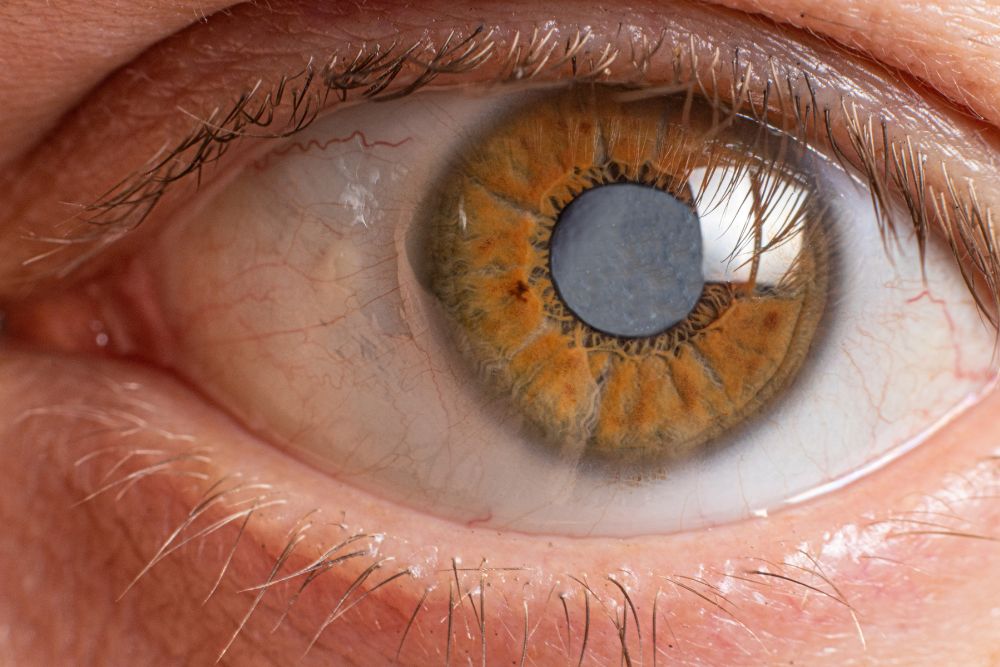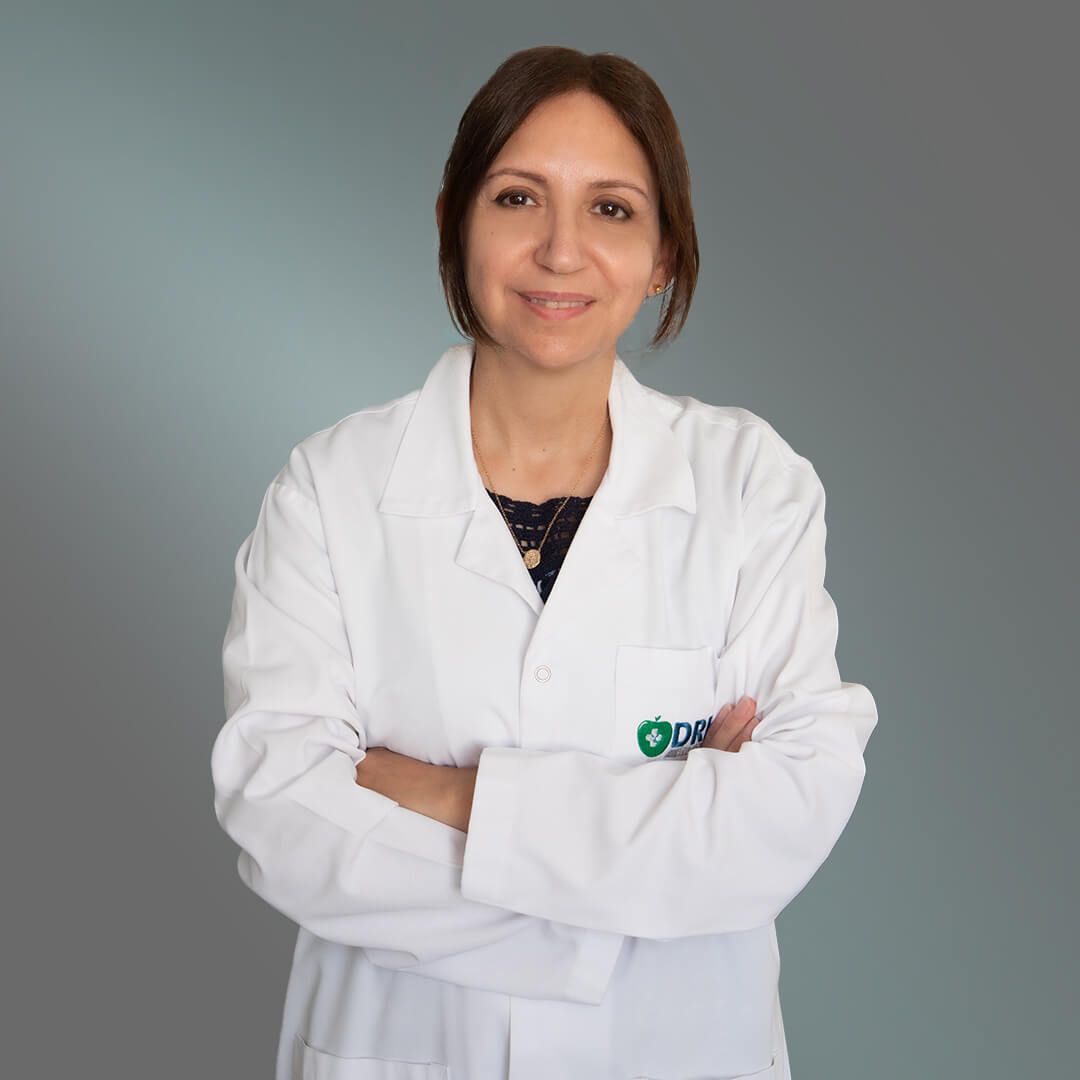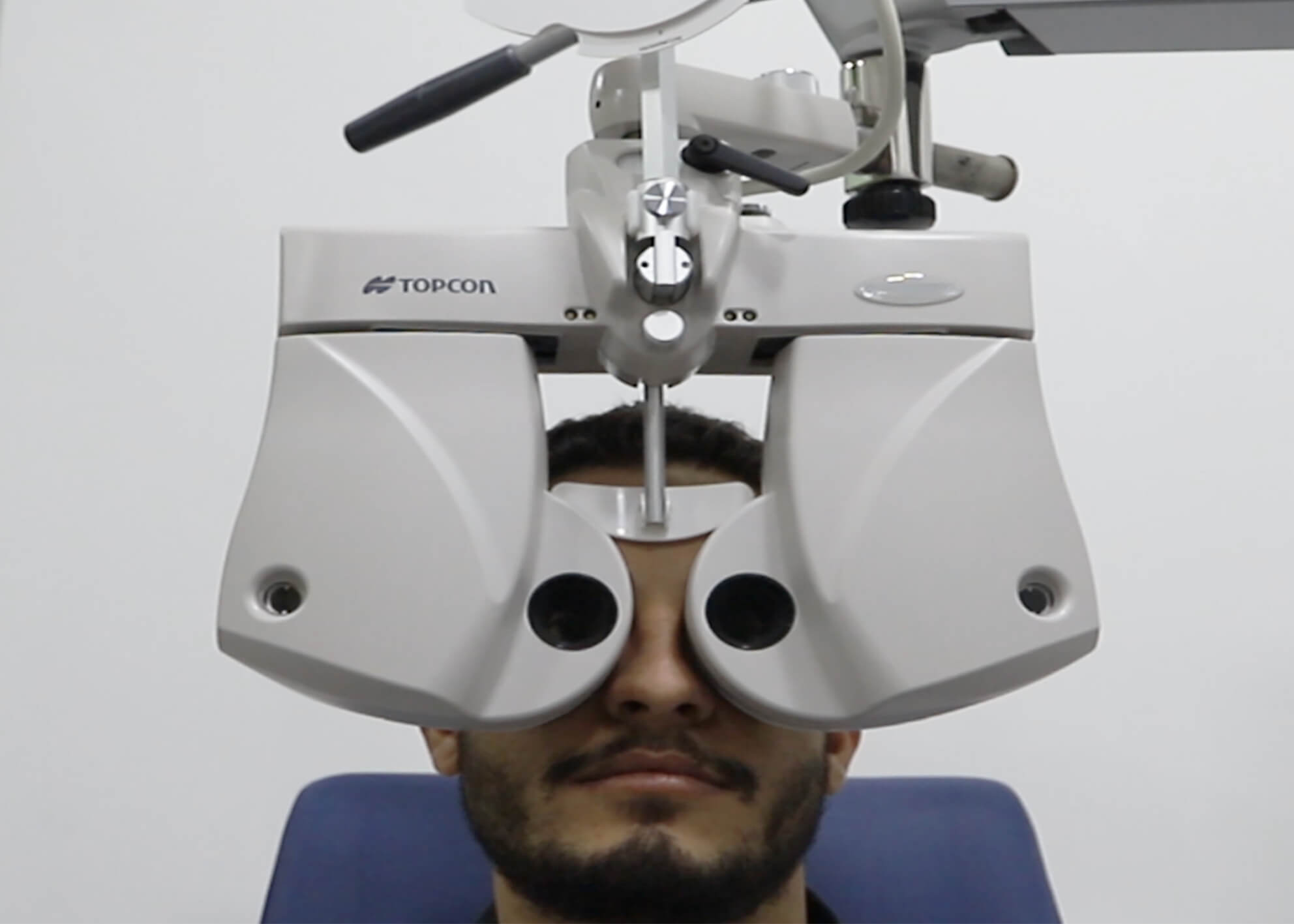Adult Glaucoma Treatment at Eye Clinic DRHC Dubai
Adult Glaucoma:
Adult glaucoma is a common eye condition that primarily affects adults and older individuals. It is characterized by increased intraocular pressure, which can damage the optic nerve and lead to vision loss if left untreated. Unlike pediatric glaucoma, which occurs in children, adult glaucoma typically develops later in life.
The most prevalent type of adult glaucoma is known as primary open-angle glaucoma (POAG). In POAG, the drainage angle of the eye becomes less efficient over time, causing a gradual increase in intraocular pressure. This increased pressure can gradually damage the optic nerve fibers, leading to peripheral vision loss. Unfortunately, since the early stages of glaucoma often have no noticeable symptoms, it's often referred to as the "silent thief of sight."
Are there many types of glaucoma?
Yes. Glaucoma is an eye disease where there are actually many causes of damage to the optic nerve and increased intraocular pressure (IOP), which results in the classification of glaucoma into several types. Treatment depends on the type of glaucoma you have.
Primary glaucoma:
Primary glaucoma can not be attributed to any known cause or risk factor; it can be:
- Open-angle glaucoma: The most common type of adult glaucoma that results from clogging of the eye’s drainage system, it can be easily detected by a routine eye exam.
- Narrow-angle Glaucoma: Accounts for a small percentage of glaucoma cases. It happens as a result of the bowing of your iris and closure of the eye angle, which normally drains fluid. If narrow-angle glaucoma is not early diagnosed and treated, it may lead to an emergency condition called angle closure glaucoma, which needs urgent and proper intervention from your ophthalmologist; otherwise, it may lead to complete vision loss.
- Low Tension Glaucoma: This type of glaucoma has signs of optic nerve damage without an increase in the normal range of IOP.
Secondary glaucoma develops as a complication of other medical conditions or following eye surgery.
This less common type occurs when the drainage angle between the iris and cornea becomes blocked suddenly, causing a rapid rise in eye pressure and potentially severe vision loss.
Even without high IOP, optic nerve damage can occur due to poor blood flow or other factors affecting the eye's health.
What are the warning symptoms?
- A headache that may be severe and persistent
- Halos around lights that usually disturb you, especially when driving at night
- Severe eye pain
- Narrowing of your field of vision and blurring of vision
Seek medical consultation immediately if you experience any of these symptoms
What foods trigger glaucoma?
Caffeine, refined carbohydrates, added sugars, and unsaturated fats may increase the risk of developing glaucoma. Taking our doctor’s advice and maintaining a moderate weight may help manage the risk.
Can adult glaucoma be treated?
The prescription of anti-glaucomatous eye drops is commonly the first line of treatment. They lower the pressure in your eyes and prevent damage to your optic nerve.
As long as eye drops are tolerated and IOP is controlled, there is no need for laser or surgery.
Laser treatment is used to lower your eye pressure. An eye doctor can use lasers to help drain the fluid out of your eye (forming a patent pathway for fluid).
What is the most recent treatment for glaucoma?
Nanomedicine is the medical application of nanotechnology and can be used to treat glaucoma by using nano-delivery systems (such as nanoparticles, Nano-suspension, and Nanodiamonds) to provide sustained release and better bioavailability compared to topical eye drops.
Ongoing Management
Glaucoma is a chronic condition that requires continuous monitoring. Regular check-ups, adjustments in treatment, and close monitoring of IOP and optic nerve health are critical to preserving vision. At DRHC Dubai, we are committed to providing lifelong care and personalized treatment plans for glaucoma patients.
.png?width=281&height=59&name=bookanappointment%20(1).png)
At Dr. Rami Hamed Center, our Ophthalmology department is dedicated to safeguarding your vision health through expert eye care Professionals. Renowned as one of the best eye care clinics in Dubai, our Ophthalmology Specialists provide services for Cataract and Retina treatment with Laser and Refractive surgeries.




.png?width=281&height=59&name=bookanappointment%20(1).png)






